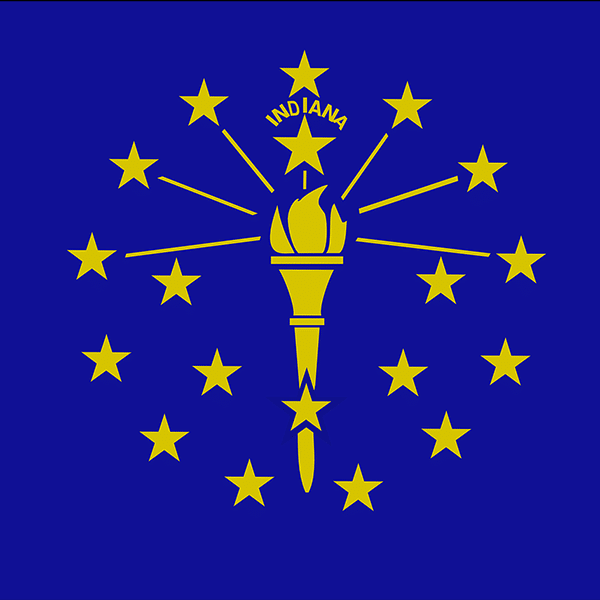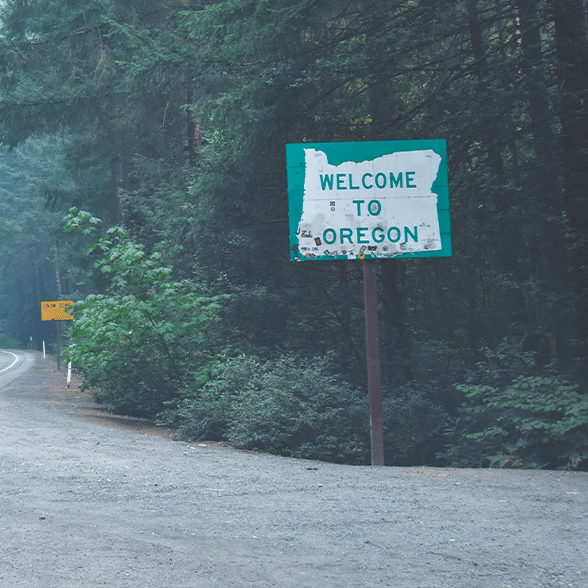The state of Louisiana anticipates being the first to award funding in the $42.5 billion BEAD rural broadband funding program. Telecompetitor talked with Veneeth Iyengar, executive director for ConnectLA, Louisiana’s broadband office, about the state’s timeline to award its entire $1.3 billion BEAD allocation by a target date of November 1.
The state began accepting BEAD applications August 19 and providers have only until tomorrow, August 29, to apply for funding in the first round. Project areas are based on hexagons, known as sub project areas (SPAs), and a single bid can include multiple hexagons.
“We designed our project areas to ensure maximum participation,” Iyengar said.
The state plans to do two funding rounds, but as Iyengar explained, “It’s functionally one big round. We’re trying to obligate all [the funding] at once.”
The state plans to take a week or two to review the results from Round 1 and anticipates launching the second round in mid-September, to close later in the month.
Iyengar expects the broadband office to be “in good shape by the end of September to understand the results” so that the office can hit the November 1 target for announcing awards from both rounds.
Louisiana BEAD Awards
Although rules for the BEAD program prioritize fiber, each state will set an extremely high-cost threshold, which will determine where technologies other than fiber can be used. Louisiana plans to set the extremely high-cost threshold after the second round has been completed.
As Iyengar explained, initial bids will detail which technology each provider intends to use.
In Round 1, with few exceptions, if a provider is the only applicant and the provider plans to use fiber broadband, the provider is automatically the provisional winner. Applicants whose bids do not win in the first round will have the option of adjusting the bids. Adjustments could include requesting the same or less funding and/or adding project areas that did not receive a winning bid in Round 1.
Round 2 also will provide the opportunity to resolve any bids that overlap with other bids. If two providers define project areas that overlap in certain SPAs, but each provider also bids on certain other SPAs, the highest-scoring provider would win funding for the overlap area. The second provider could apply in the next round for the portion of its original bid area that the first company didn’t win.
The state also will have the option of adjusting the reference price for Round 2 for any SPAs that did not receive a bid in Round 1. That price, based on a federal cost model, determines the maximum amount that a provider can request in BEAD funding. The goal is to “entice more competition in Round 2,” Iyengar said.
Louisiana has about 140,000 broadband serviceable locations that will be eligible for BEAD funding. The broadband office estimates the cost to deploy fiber broadband to all those locations at around $1.6 billion. After required matching funds are taken into account, that means the state — in theory at least — could deploy fiber to all eligible locations.
“We could do fiber to [all locations] but that’s not the best use of taxpayer dollars,” Iyengar said. Perhaps as high as 90% of eligible locations could get fiber, though, he said.
By using alternative technologies for the highest cost locations, the state hopes to have some funds left over to use for non-deployment initiatives. BEAD rules allow leftover deployment funds to be used for other purposes such as connectivity for anchor institutions or local governmental facilities, or for broadband adoption initiatives.
Thirty-three providers were prequalified to bid in Louisiana’s BEAD program — a requirement for participation. Among those approved are AT&T, Brightspeed, Charter, Comcast, Cox, and Starlink.
The state’s BEAD funding program will continue the GUMBO name that the state used when it awarded funding that came through the federal Capital Projects Fund.
Additional information about Louisiana broadband, including state funding resources, links to state specific Telecompetitor coverage and more, can be found on the Telecompetitor Broadband Nation webpage for the state.



